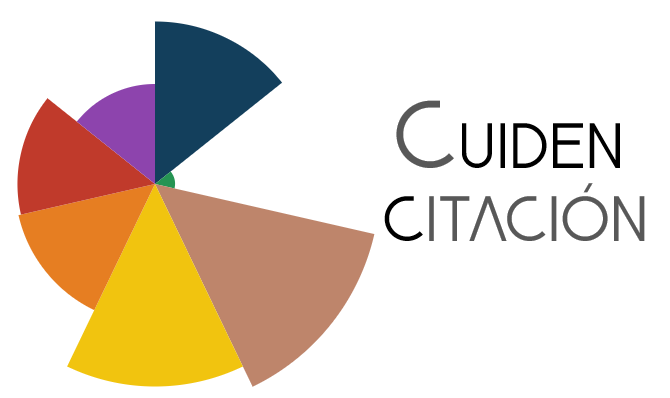Drugs used in pediatric intravenous therapy: a study on potentialy interactive combination
Palavras-chave:
Pediatric Nursing, Infusions, Intravenous, Drug Interactions.Resumo
The aim of this study was: to identify and classify the main drugs administered by intravenous method in the prescriptions of the pediatric units and to verify the occurrence of potentially medicamentous interactions. It is an exploratory descriptive research, with quantitative treatment of the data. The population was formed by 1,248 pediatric prescriptions and the sample of 205, having as inclusion criteria prescriptions with intravenous therapy of two or more drugs. Data collection was made at the Medical Files of a University Hospital. It was verified that most of the drugs used presented interactive potential; 60% of the sample had been exposed to the co-administration of antimicrobials. The vancomycin was the most present agent, and all the children used an antimicrobial during the institutionalization period. It was concluded that the co-administration of potentially interactive drugs associated to simultaneous scheduling of administration of such agents could predispose the patients to undesired events, affecting, this way, the safety of the therapy.Publicado
2012-02-09
Como Citar
Martins, T. S. de S., Silvino, Z. R., Silva, L. R., Reis, F. F., & Sousa, D. G. (2012). Drugs used in pediatric intravenous therapy: a study on potentialy interactive combination. Rev Rene, 13(1). Recuperado de http://200.129.40.241/rene/article/view/3759
Edição
Seção
Artigos de Pesquisa









